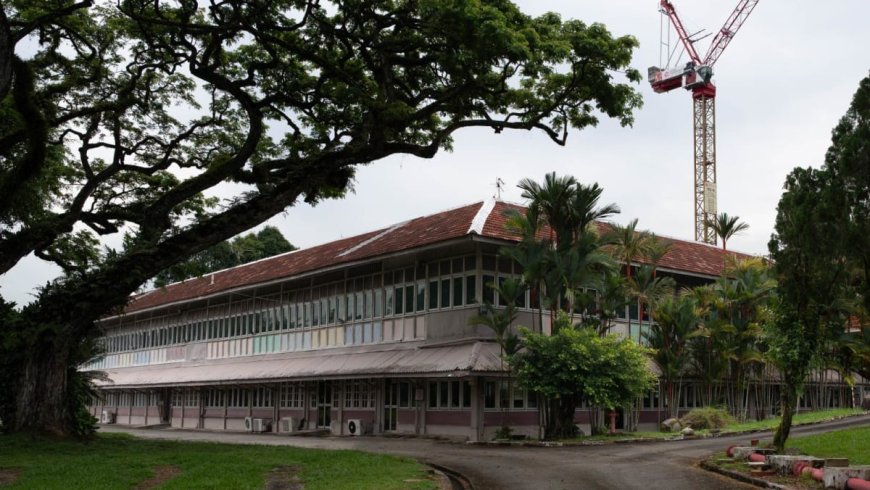Historic Sites in Singapore to be Preserved in Latest Land Use Master Plan
Former Pasir Panjang English School, NatSteel pavilion, and 20 Turf City buildings are set to be conserved in Singapore's latest land use master plan. This initiative aims to balance developmental needs with greenery and heritage considerations, guided by a new thematic framework. The conservation efforts will highlight key aspects of Singapore's growth over the past 60 years.

The former Pasir Panjang English School, the NatSteel pavilion in Jurong and 20 buildings at Bukit Timah's Turf City will be conserved under Singapore's latest land use master plan. This expands on an earlier list of five sites announced in May – including the Singapore Badminton Hall and Jurong Hill Tower – earmarked for conservation by the Urban Redevelopment Authority (URA).
National Development Minister Chee Hong Tat emphasized the incorporation of greenery and heritage considerations into planning processes at the launch of an exhibition for URA’s Draft Master Plan 2025. URA has developed a thematic framework aligned with Singapore's post-independence growth in economy, housing, social, and defence.
The former Pasir Panjang English School and buildings at Turf City fall under the “social” theme, while the NatSteel Steel Pavilion represents Singapore’s early industrialization under the “economy” theme. The thematic framework aims to identify sites reflecting Singapore’s history over the past 60 years.
Conservation efforts have primarily focused on buildings linked to Singapore's colonial past. Heritage enthusiast Jerome Lim emphasized the importance of conserving structures from the pre- and post-independence period, citing the NatSteel pavilion as an example.
FORMER PASIR PANJANG ENGLISH SCHOOL
The former Pasir Panjang English School, established in 1933, served as an all-boys school and later piloted co-educational classes. Damaged during World War II, the school underwent reconstruction in 1947. It closed in 1986 and was used as a drug rehabilitation center from 1999 to 2024.
URA highlighted the school's significance as an identity marker and example of standardized school buildings from the 1920s and 1930s. The proposed conservation aims to commemorate a milestone in Singapore's educational development.
What's Your Reaction?
 Like
0
Like
0
 Dislike
0
Dislike
0
 Love
0
Love
0
 Funny
0
Funny
0
 Angry
0
Angry
0
 Sad
0
Sad
0
 Wow
0
Wow
0

















































































































































